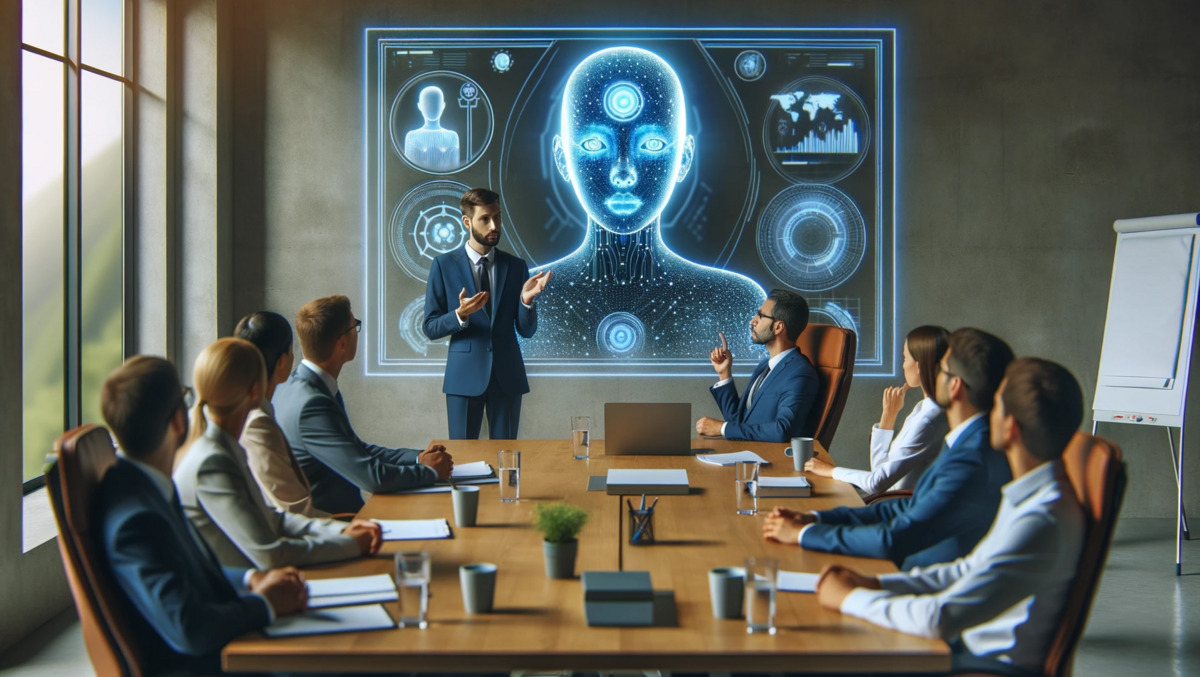The workplace is evolving at an unprecedented pace, shaped by groundbreaking technological advancements, a global shift towards flexible work models, and the growing importance of sustainability and employee well-being. In this dynamic landscape, companies must proactively adapt to remain competitive and appealing to top talent. The modern workforce is increasingly diverse, value-driven, and tech-savvy, demanding workplaces that reflect these priorities.
Staying ahead of these changes is no longer optional but essential for organizations aiming to foster loyalty, boost productivity, and drive innovation. The workplace of 2025 is characterized by environments that prioritize adaptability, inclusivity, and health, ensuring that employees feel supported and empowered to thrive both personally and professionally.
As hybrid work becomes the norm, portable office PODs are emerging as a game-changer. These compact, self-contained units provide employees with private, distraction-free spaces, whether in a bustling office or a remote setting. Equipped with soundproofing, ergonomic furniture, climate control, and advanced connectivity features, these PODs cater to the needs of a modern workforce.
For employers, portable PODs offer flexibility and scalability. They can be relocated or repurposed easily, making them a cost-effective solution for dynamic office layouts. For instance, companies can use PODs to create temporary meeting rooms, quiet zones, or even collaborative hubs. Employees, on the other hand, appreciate the autonomy and focus these spaces provide, fostering both productivity and satisfaction. By investing in such adaptable solutions, businesses demonstrate their commitment to meeting diverse employee needs.
The focus on employee well-being continues to grow, and height-adjustable tables are a shining example of this trend. These versatile desks empower employees to switch between sitting and standing positions throughout the day, promoting better posture, reducing sedentary behavior, and enhancing overall health. Health studies have repeatedly shown the adverse effects of prolonged sitting, making these tables a must-have for forward-thinking workplaces.
Incorporating height-adjustable tables into office design is more than just a nod to ergonomics; it signals a company’s commitment to supporting its workforce. Organizations that prioritize such innovations often report higher employee morale, reduced absenteeism, and improved productivity. Additionally, these tables contribute to creating a more inclusive workplace, as they can be adjusted to accommodate employees of all heights and physical abilities.
Artificial Intelligence (AI) is revolutionizing how we work, and 2025 will see even greater integration of AI-powered tools. From virtual assistants that streamline administrative tasks to analytics platforms that provide actionable insights, these technologies are helping teams work smarter, not harder. AI can automate repetitive tasks, freeing up employees to focus on creative and strategic initiatives. Additionally, predictive analytics can help managers anticipate challenges and allocate resources effectively.
For example, AI-powered scheduling tools can identify the best times for meetings based on team availability and productivity patterns. Similarly, chatbots can handle routine HR inquiries, enabling employees to access information quickly. By leveraging AI, organizations can create more efficient workflows and foster innovation.
Biophilic design—integrating natural elements like plants, natural light, and organic materials—is gaining traction. This approach not only enhances aesthetic appeal but also boosts mental well-being and creativity. Studies have shown that exposure to natural elements in the workplace can reduce stress, improve focus, and increase job satisfaction.
In 2025, expect to see workplaces adopting green walls, indoor gardens, and eco-friendly materials to create calming, invigorating environments. Additionally, incorporating natural light through large windows or skylights can significantly enhance employee well-being. Companies that invest in biophilic design are likely to see a return in the form of happier, healthier, and more productive employees.
Employee mental health is finally getting the attention it deserves. Companies are offering wellness programs, access to counseling, and even designing spaces that support mindfulness and relaxation. Dedicated wellness zones, yoga rooms, and meditation PODs are becoming workplace staples. These initiatives not only help employees manage stress but also foster a culture of care and understanding.
Additionally, flexible mental health days and access to virtual therapy sessions are becoming common. Employers who prioritize mental health see improved employee retention, engagement, and performance. In 2025, businesses that address mental health proactively will stand out as employers of choice.






